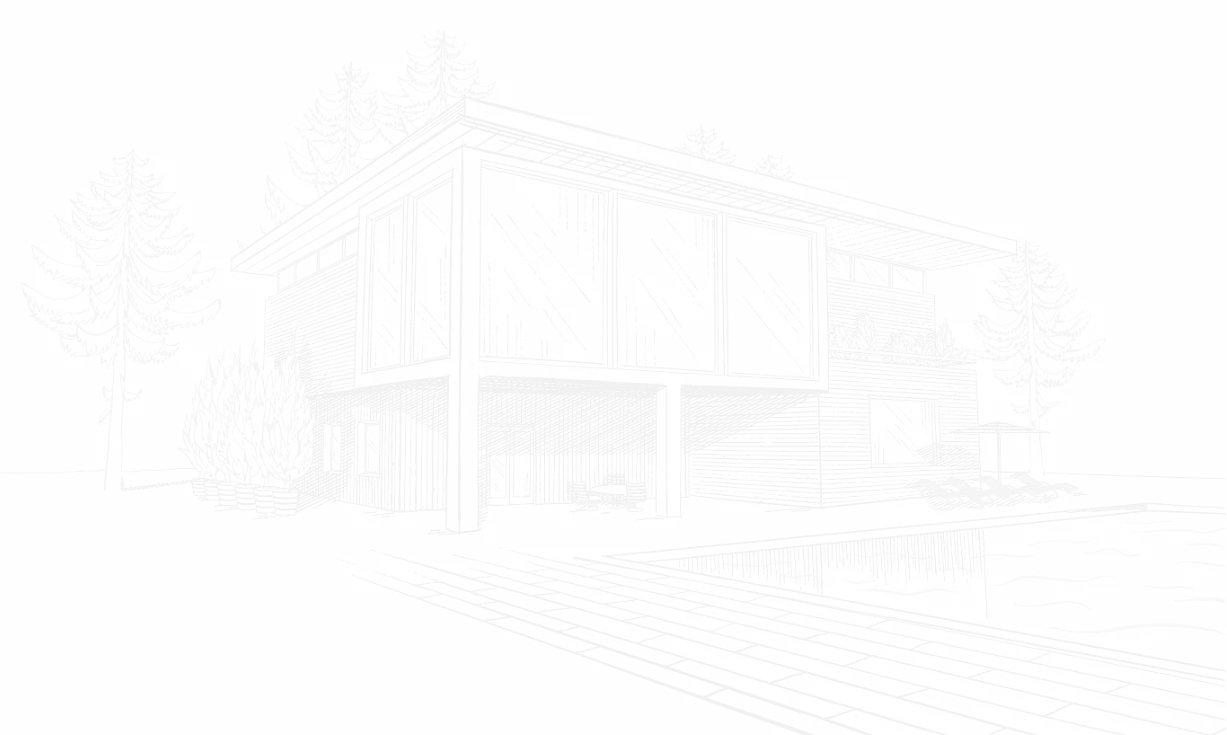Slow Design In The Age Of Artificial Intelligence
Slow design, focusing on quality, longevity and sustainability instead of fast production and consumption, remains important today.
In our age, where all trends are changing rapidly, some things have not changed and continue to be rooted and more permanent. One of them is the slow design movement that blesses craftsmanship, quality workmanship, environmentally friendly materials.
One of the key features of slow design is that it encourages designers and consumers to be more thoughtful in creating and choosing products that carry good craftsmanship, eco-friendly materials, and a positive social impact. By emphasizing thoughtful and meticulous design processes, this trend leads to collaboration with local artisans and communities, resulting in handmade products that often have cultural significance and tell an authentic story. Slow design is also important in that it focuses on preserving traditional craft, using environmentally friendly materials, and promoting fair labor practices.
The concept of slow design is generally articulated as a more conscious and well-intentioned approach to various aspects of life, design, fashion, food, travel, and lifestyle choices. You can discover new oases by tracing the slow design that opens the doors to a different understanding of luxury in the age of artificial intelligence.
Photographs: Christien Meindertsma







